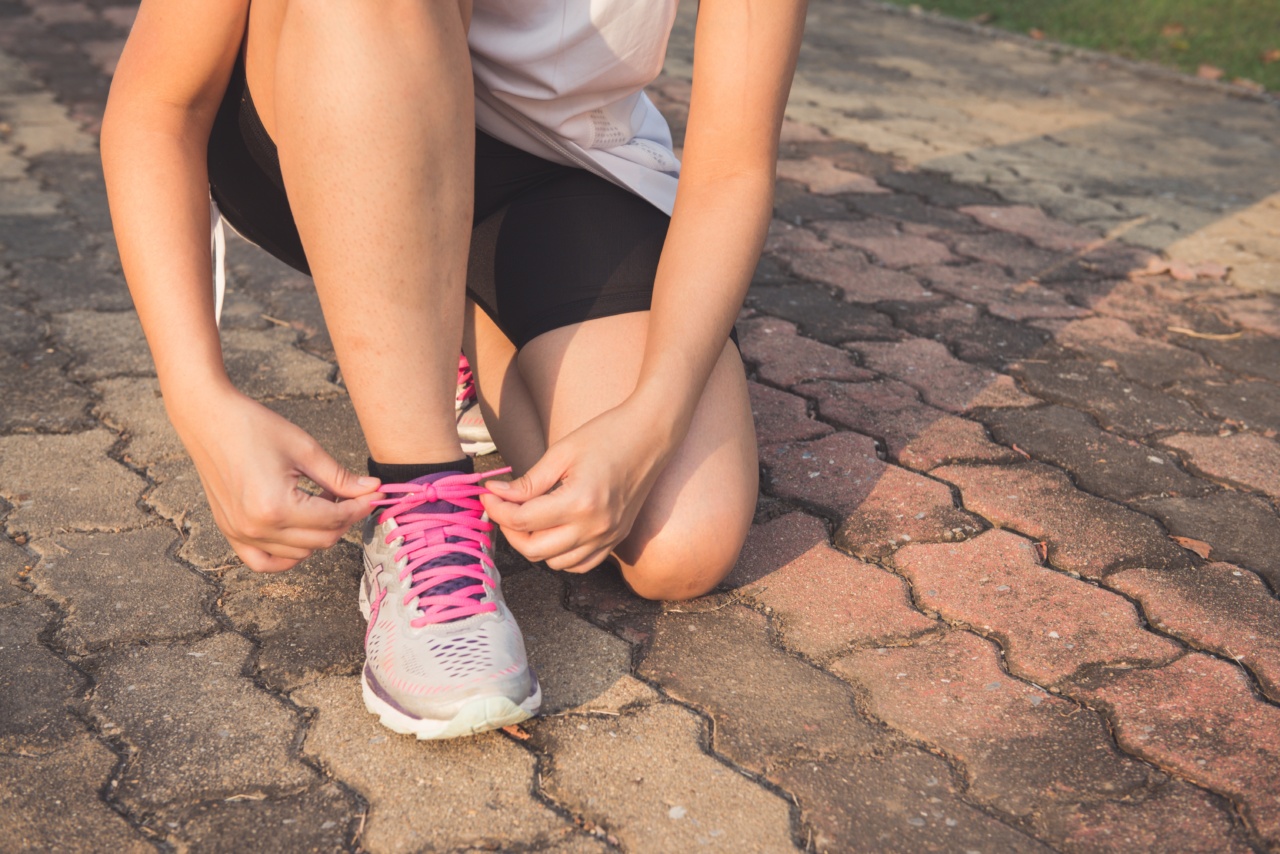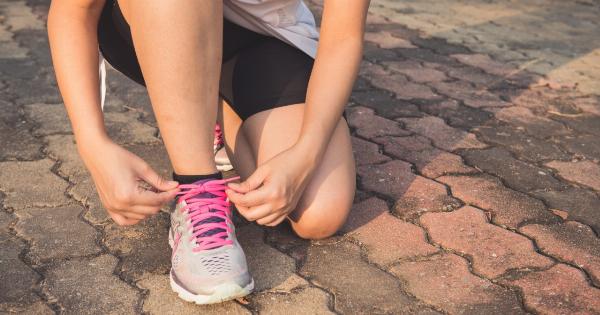Picture yourself walking down the street and suddenly, you see a man walking towards you. Something peculiar catches your eye, you notice that his foot is lifting up and down, causing the shoe to lift up as well.
You can’t tell whether he is lifting his foot or if his shoe is slipping off. This is a common phenomenon and can happen to anyone wearing shoes. But is it just slipping or is the foot lifting? Let’s investigate.
What causes shoe slip?
Shoe slip is a natural occurrence that happens when people walk. The foot exerts a certain level of force on the shoe when it hits the ground. This force causes the shoe to move forward slightly, creating a gap between the heel and the back of the shoe.
As the person continues to walk, the shoe slips forward, and if there is no counterforce, it may come off completely.
Several factors contribute to shoe slip, and one of the most important is the fit of the shoe. If the shoe is too large, it will be too loose, and the foot will slide around inside.
On the other hand, if the shoe is too small, it will be too tight, causing the toes to push forward and the heel to lift up.
The material of the shoe’s sole also plays a role in how much it slips. Rubber soles have more friction, so they will grip the ground better. However, leather or plastic soles are more slippery and can cause more shoe slip.
What causes foot lift?
Foot lift is another cause of shoe lift that should not be confused with shoe slip. Foot lift happens when the muscles on the bottom of the foot contract, causing the foot to lift up off the ground.
This motion is very subtle, and it can be challenging to tell whether it is happening or not.
The foot lift can occur for several reasons, including old age, foot fatigue, and high-impact activities such as running or jumping. The arches of the feet can weaken over time, leading to a lack of support for the feet, which results in the foot lift.
Heel slippage can also be caused by foot lift, as the muscles that lift the foot push the heel up and out of the shoe. This is more common in shoes with a looser heel fit, such as sneakers.
How to tell the difference between shoe slip and foot lift?
If you’re unsure whether someone is experiencing shoe slip or foot lift, there are a few things you can look for.
If the shoe is too large or too small, it will likely be the cause of the slipping. Look at the size of the shoe and how it fits the person’s foot. If it is too large, the person’s foot will slide around inside, creating the slipping effect.
If it is too small, their toes may push forward, making the heel lift out of the back of the shoe.
If the shoe seems to fit correctly, then it could be foot lift. Look at the person’s walking motion and see if their foot seems to be lifting off the ground.
This motion is most noticeable when someone walks in slow motion, as you can see the subtle lifting motion of the foot as they place it on the ground.
How to prevent shoe slip?
If the cause of the problem is shoe slip, there are a few things you can do to prevent it from happening:.
- Make sure the shoe fits correctly. If it is too large or too small, it will likely slip off the foot.
- Use heel grips or pads to help keep the shoe in place.
- Choose shoes with a more substantial and raised heel counter, which is the part of the shoe that wraps around the heel.
- Wear socks with a gripping texture to help prevent slipping.
- Avoid buying shoes with leather or plastic soles that are more slippery than rubber soles.
How to prevent foot lift?
If foot lift is the cause of the problem, there are a few things you can do to prevent it:.
- Strengthen the muscles on the bottom of the feet by doing exercises such as calf and foot stretches.
- Rest and take a break from any high-impact activities that may be causing foot fatigue.
- Wear supportive shoes with good arch support.
- Use a shoe insert to provide extra support and take pressure off the arches of the feet.
In conclusion
Both shoe slip and foot lift are common problems that people face while walking. It can be challenging to tell the difference between the two, but by understanding the causes and symptoms of each, you can take steps to prevent them from happening.
Remember, if the shoe is too large or too small, it will likely cause the shoe to slip. However, if the shoe seems to fit perfectly, it could be foot lift.
Look at the walking motion of the person to see if their foot is lifting off the ground, and take steps to prevent it from happening.
By taking the necessary precautions, you can walk comfortably and confidently without having to worry about shoe slip or foot lift.






























